For 70 years, XPCC has been protecting border, developing cities and industry, greening environment

A farmer operates a harvester in the wheat fields of the Sixth Division of the XPCC in Wujiaqu, Xinjiang, on July 24. (CHEN YANG/FOR CHINA DAILY)
Jin Maofang, 91, remembers driving a tractor during the severe winter of 1954 to farm desert land near Shihezi in the Xinjiang Uygur autonomous region.
With the temperature minus at 40 C, the tractor suddenly stalled, and Jin used her mouth to suck out solidified pieces of diesel clogging a pipe until the engine restarted. However, her lips stuck to the freezing pipe. When she tried to pull away, the skin on her lips peeled off and she bled profusely.
Jin, then a young woman from Shandong province, had volunteered to work in Xinjiang, despite its harsh environment.
She and her co-workers rose at dawn every day. They ate dry rations for their meals and slaked their thirst with canal water. At night, they slept under the stars and covered their skin with mud in an attempt to prevent mosquito bites.
They once set a record by planting eight hectares of land in a single day.
Despite the hardships, Jin uses lines of poetry to describe her affection for Shihezi today. Back then, all she could see was the vast Gobi Desert, sparse clusters of reeds, and sand swirling in the wind.
"I have been to many places, but this city is the youngest. It is so beautiful that one falls in love with it at first sight," she said.
The vision of Jin smiling broadly while sitting on her tractor was turned into a city statue. Images of the "female tractor driver", with Jin as one of the prototypes, were printed on the 1-yuan ($0.14) banknote of the country's third set of renminbi.
After the founding of the People's Republic of China, following the peaceful liberation of Xinjiang on Sept 25, 1949, People's Liberation Army soldiers — in response to a national call — laid down their weapons and picked up hoes to embark on a new mission.
In 1954, the Xinjiang Production and Construction Corps was established as a special provincial-level unit directly under the central government. Nearly 200,000 people from all over the country joined in the construction work, in what was seen as a milestone for both national security and rural development.
The XPCC settled in the Gobi Desert and areas close to the border. They started from scratch, transforming the harsh environment into oases, and building modern cities and industrial parks in the desert.









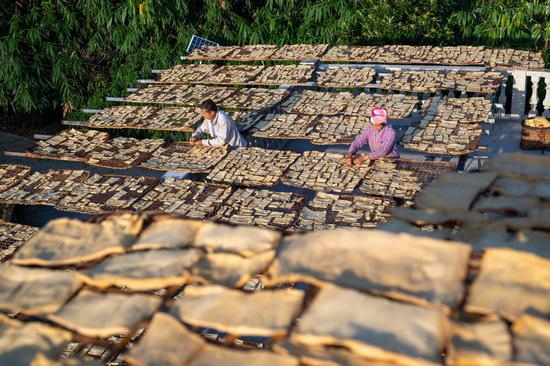

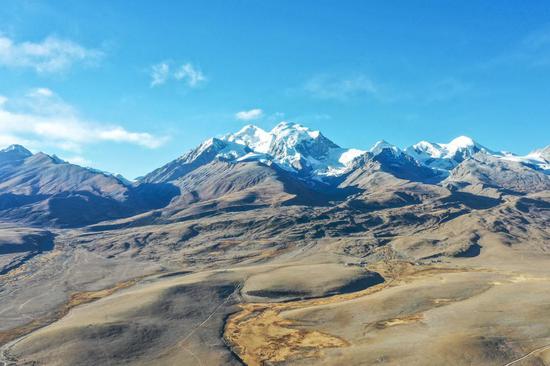






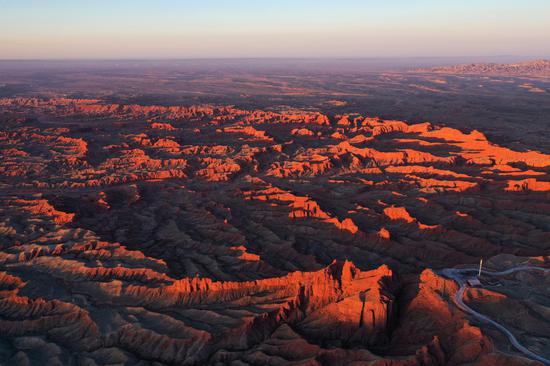



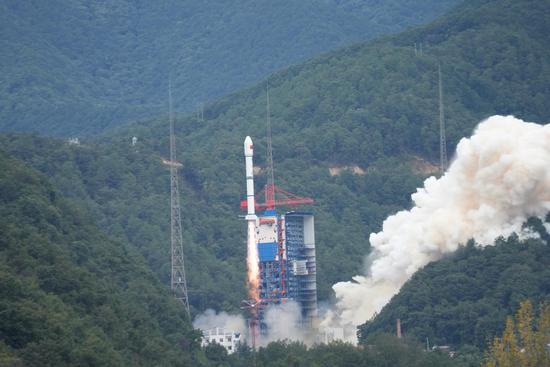

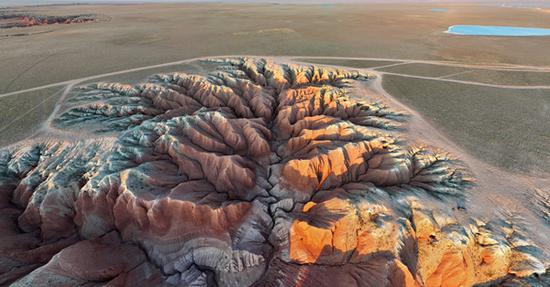


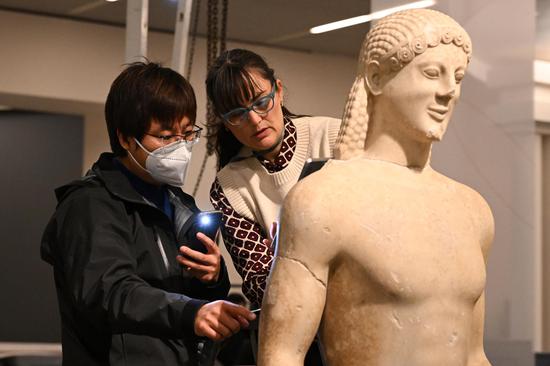
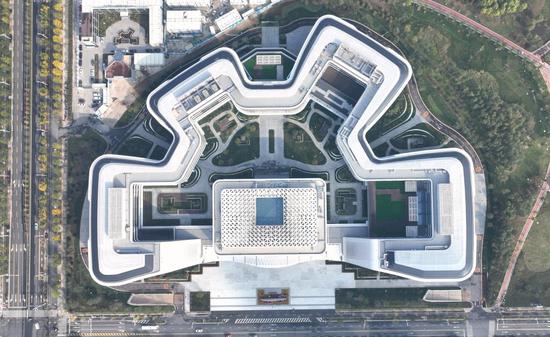



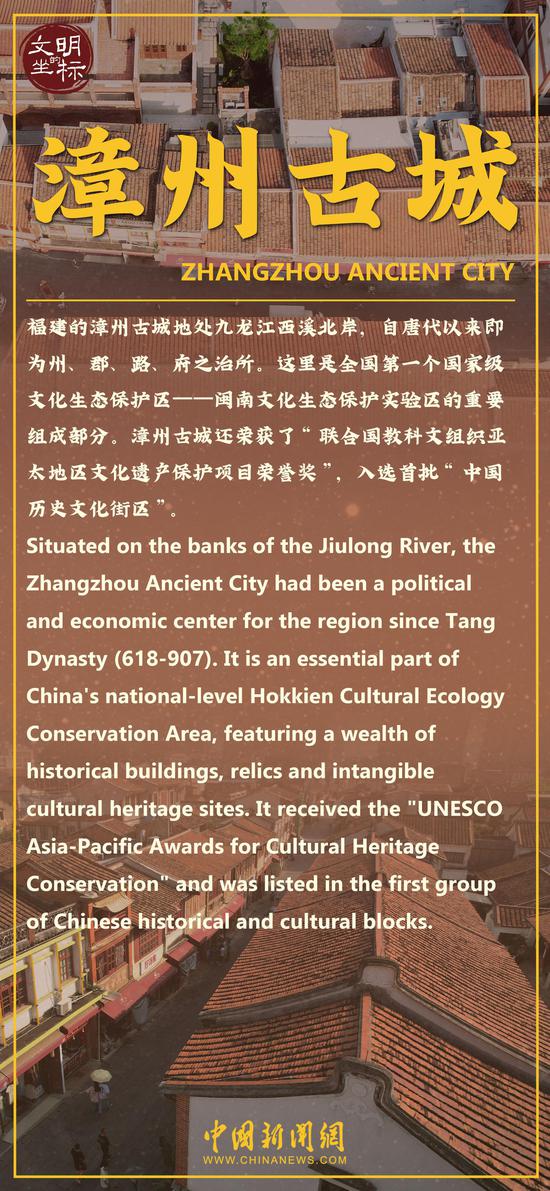

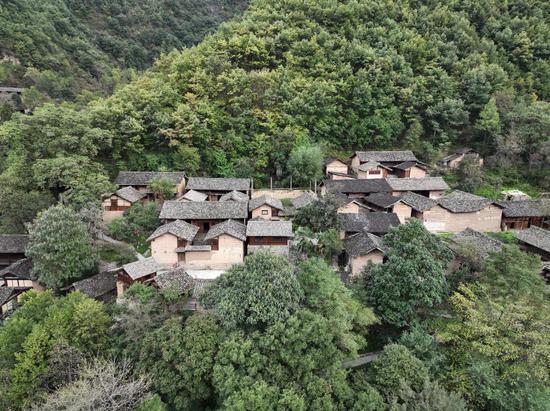



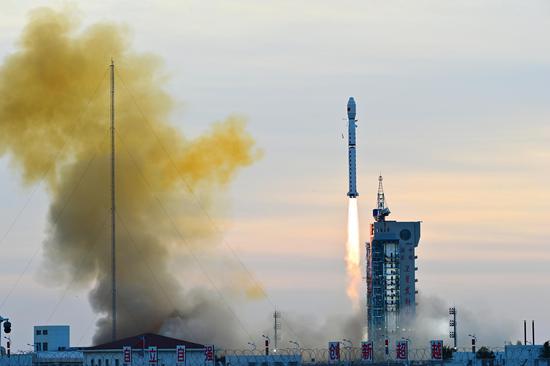




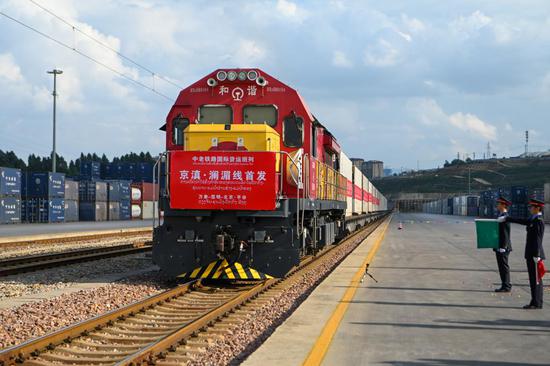




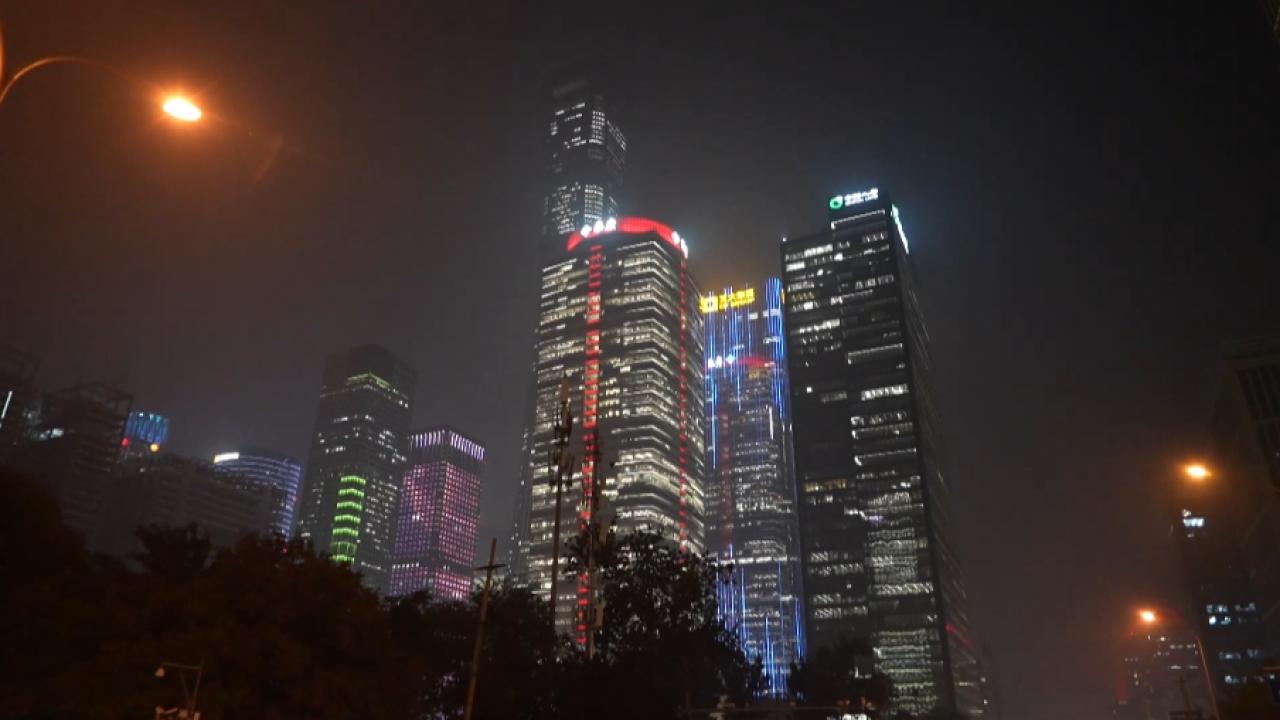

 京公网安备 11010202009201号
京公网安备 11010202009201号